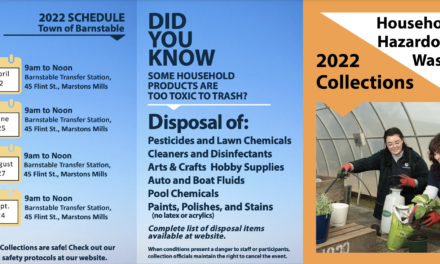While you should never put any light bulb in the recycling bin, it’s particularly important to keep mercury-containing light bulbs out of both the trash and recycling. These light bulbs can easily break and release mercury—a toxic heavy metal—into the air. If they break at any point during the disposal process, someone in your home, a waste hauler, or a disposal facility worker could be exposed to the released mercury vapor.
|
What happens if you break a bulb at home?
|
|
| First of all, don’t panic! Follow these steps to make sure you clean it up safely. |
|
| ✔️Always dispose of mercury-containing light bulbs at a drop-off site. |
|
| Take mercury-containing light bulbs to a collection location for safe disposal. There are hundreds of sites across Massachusetts that collect mercury-containing products, including major retailers (like Lowe’s and Home Depot), local transfer stations, and municipal health departments. Use MassDEP’s interactive map to find a drop-off location near you. |
|
| 💡 How can I tell which light bulbs contain mercury? |
|
| As a rule of thumb, all fluorescent light bulbs contain mercury. The most common type of fluorescents you’ll find at home are compact fluorescent lights (CFLs), which come in several shapes and sizes. The guides below show different types of lights that contain mercury. |
|
|
Next time a light bulb goes out in your home, remember to check if it contains mercury. If it does, use MassDEP’s directory to find a collection location.
Don’t stay in the dark! Do your part!
|
|








